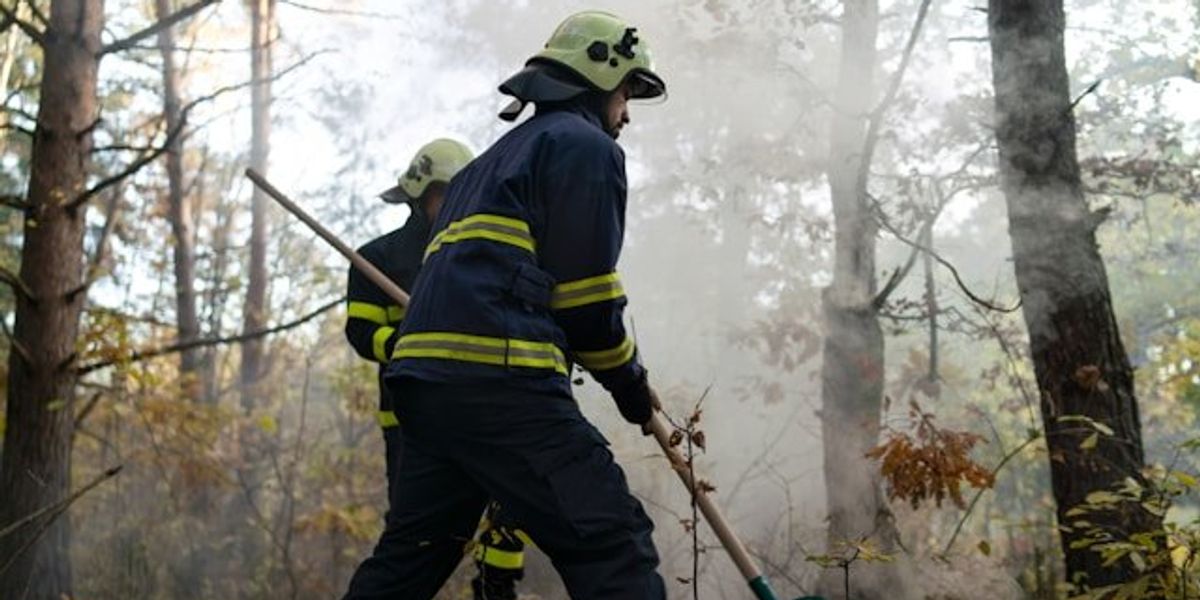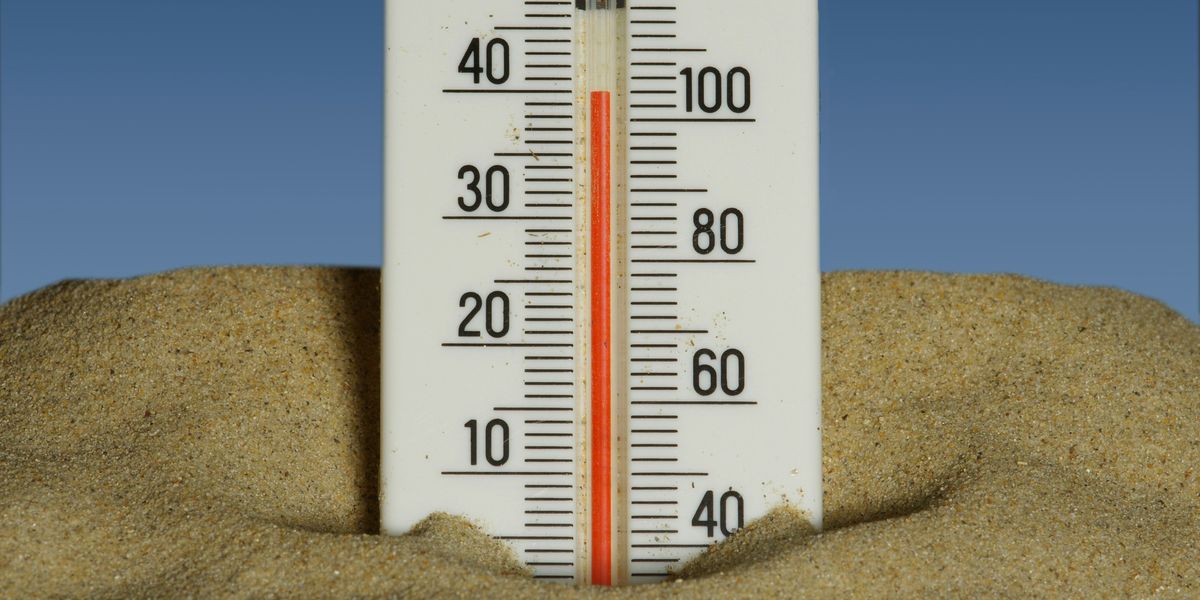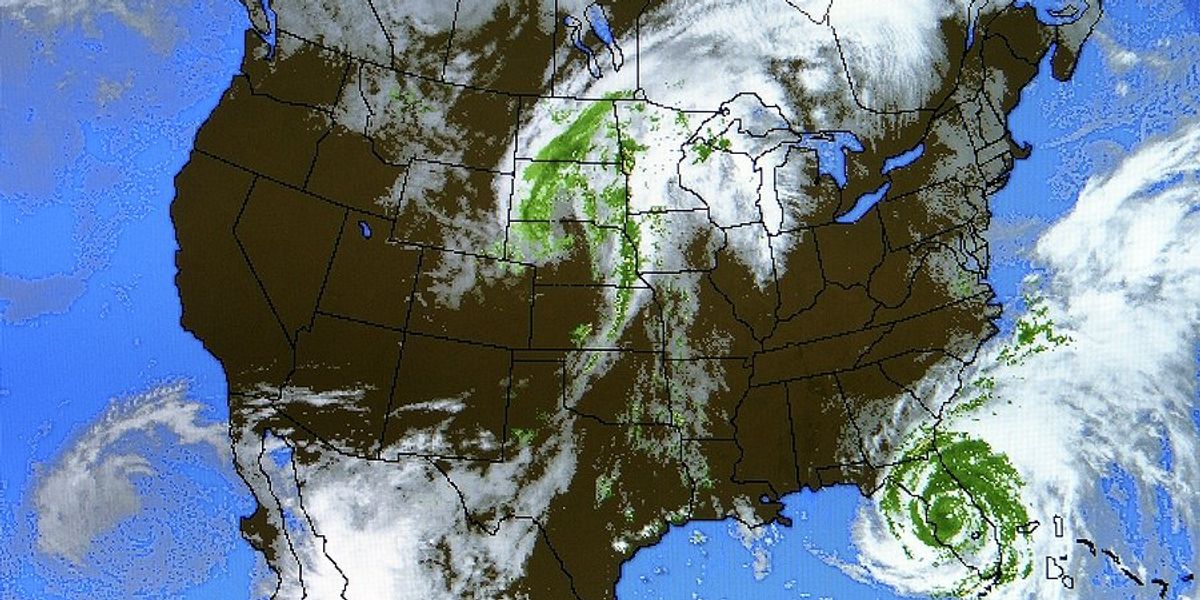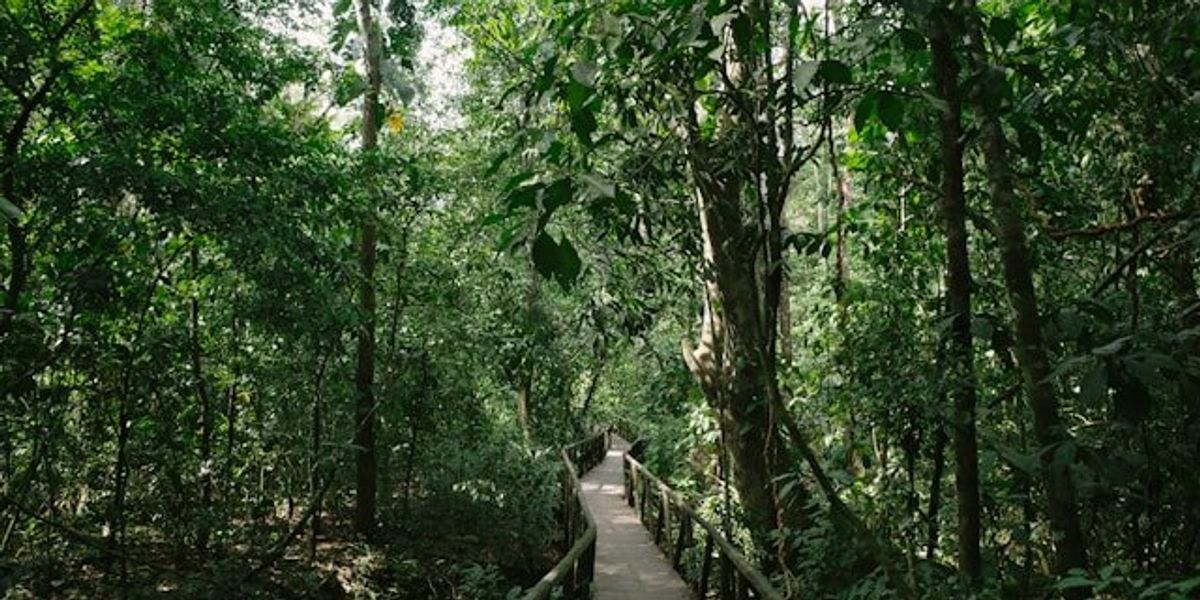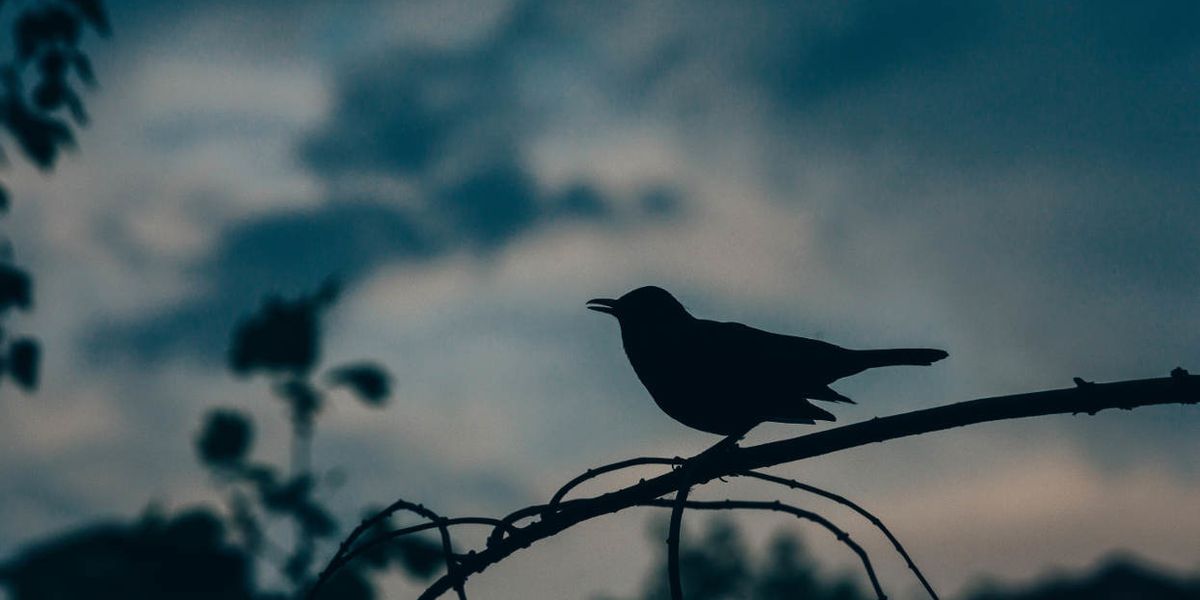
How migratory birds are moving Lyme disease to new places and peoples
A mass migration would deliver more ticks and likely more disease to Canada in coming years, in the form of beautiful waves of song sparrows and wrens, red-winged blackbirds, and warblers
In 2008, veterinarians in Canada were asked to pitch in on a project with pressing implications for human health. The question: had an anticipated wave of Lyme disease arrived, and where was it emerging?
In the United States, where disease-ridden ticks had already spread widely in the Northeast and Midwest, dogs had long served as loyal if hapless sentinels of Borrelia burgdorferi infection. Twenty years earlier, Tufts University researchers had found they could use cases of Lyme disease in dogs to predict risk factors for the disease, human and otherwise. Dogs that lived at lower altitudes, namely near the coast, were five times more likely to be infected than others. Sporting dogs, those that romped through fields, were four times as likely.
Moreover, and this is where Canada took a page from American Lyme history, the Tufts researchers found they could accurately predict the incidence of Lyme disease in people by looking at rates in dogs.
After collating reports from 238 veterinary practices involving more than 80,000 dogs, the Canadian study indeed found Lyme disease moving steadily, but ominously, north of the U.S. border, at least in dogs. The risk was "low but widespread," the study found, but with distinct areas of higher prevalence. It was these areas, and what the researchers did not report in their data, that intrigued bird and tick researcher named John D. Scott.
When Scott studied that report of 80,000 dogs and the tick-borne diseases they harbored, published in 2011, he noticed something that the study authors had not. The highest rates of infected dogs, he saw, were not along coastlines or near cut up bits of forest that are known to be hot-beds of Lyme disease.
Rather, the line of highest infection closely followed invisible aerial highways used by songbirds—the common yellowthroat, golden-crowned sparrow, Swainson's thrush—on their annual north- south migration. As Scott had long believed, birds were dispersing ticks as they always had, but with a new and insidious kick; one called Borrelia burgdorferi, the Lyme disease pathogen.
As he interpreted the canine data, he saw that the country's migratory flyways were veritable roadmaps for a growing epidemic. The highest prevalence of infected dogs aligned neatly with three of Canada's four migratory bird highways: the Atlantic flyway, running through the Maritime Provinces, southwestern Quebec, and southern Ontario; the Mississippi flyway, which passes through north-western Ontario and southern Manitoba; and the Pacific flyway, which goes north into southwestern British Columbia.
In a three-year study, he and two colleagues pulled 481 ticks from forty-two species of migrating birds, from Oregon juncos, spotted towhees, swamp sparrows, and American robins. That the birds were carrying fifteen different species of ticks was one thing. Quite another was what these ticks brought along. Nearly 30 percent of 176 Ixodes ticks were infected with the Lyme pathogen.
As concerning was this: half of the larval ticks—namely, tick babies that usually hatch clean and pathogen-free—were now infected after taking their first meal. That could mean only one thing: The "larvae almost certainly acquired borreliae directly" from the migrating birds, which themselves were "competent reservoirs" of infection.
Not only could the birds import ticks into Canada. They could also infect them with the pathogen.
Ever since the 1980s, when HIV spread around the globe in less than a decade, authorities have worried that hitchhiking germs from far-flung places were merely a plane ticket away. Indeed, the Zika virus, with its potential to cause devastating birth defects, hopped oceans in the mid-2010s in the blood of human beings; those people then infected biting mosquitos in their homelands that went on to spread the virus to other people they bit. Such is the deviously ingenious way of disease transmission.
But tick-borne pathogens have their own clever ways of disseminating, geographically and otherwise, that is beyond the reach of any public health travel advisory or warning to wear DEET.
Every spring, about 3 billion passerine birds, including but not limited to songbirds, bring some 50 million to 175 million Ixodes scapularis ticks—the ones that impart Lyme disease—into Canada, a government study estimated in 2008.
Some birds arrived in Nova Scotia so infested with ticks that researchers posited they had to have stopped along the Atlantic flyway in the northeastern United States, where the ticks have been rampant for decades. Some of the imported ticks came from as far south as Brazil and dropped their cargo as far north as the Yukon.
In 2008, the Public Health Agency of Canada mapped the future expansion of ticks and, moreover, of Lyme disease throughout the country. In the previous decade, government and university researchers had watched known populations of Ixodes ticks sprout from a single location in the far south of Ontario to twelve more locations—along Lake Erie; on the fringes of Thousand Islands national park; in Nova Scotia; and in south-eastern Manitoba.
They were bracing for more. Among the data fed into a computer simulation, along with projections of warmer weather, the tally of forested land, and the range of known tick populations, was something called "an index of tick immigration."
Plainly put, a mass migration would deliver more ticks and likely more disease to Canada in coming years, in the form of beautiful waves of song sparrows and wrens, red-winged blackbirds, and warblers of many kinds.
And a warmer climate would help these ticks survive in many new places. In a description that sounds something like a page out of a Superman comic, an article in the International Journal of Health Geographics stated, "These migratory birds are capable of surmounting geographic features (lakes, sea, mountains and areas of intensive agriculture) that are obstacles to dispersal by terrestrial hosts."
Perhaps they aren't scaling buildings in a single bound, but these birds are traversing continents by the billion.
This excerpt is from "Lyme" by Mary Beth Pfeiffer. Copyright © 2018 Mary Beth Pfeiffer. Reproduced by permission of Island Press, Washington, D.C.

